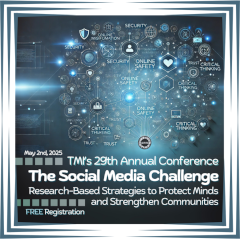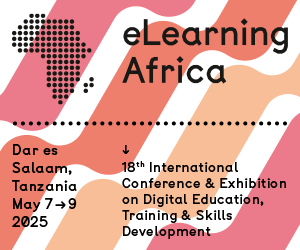Connectivism - a Learning Theory for the Future
Karlsruhe/Weserbergland (GER), November 2011 - In the age of Wikipedia, Facebook, Twitter, etc., new forms of learning are developing. Gaining in importance is networked, more informal learning with the aid of social media during leisure time - but also in schools, universities, and the working world. Prof. Dr. Volkmar Langer, president of the Weserbergland University, will give a talk entitled "Connectivism as a Learning Model of the Future" at the LEARNTEC Conference on 31 January 2012 in the "Technology 2" session.
Connectivism is a relatively young learning theory that relates to education in the digital age. It was developed in 2005 by the Canadian learning theoretician to George Siemens. Stephen Downes later played a decisive role in its further evolution. Unlike other learning theories, Connectivism does not regard the person in isolation, but rather as a networked entity. Accordingly, learning is based on a network linked both to other people and to non-human sources.
Being linked via nodes and connections is the central metaphor for learning. In this metaphor, a node is anything that can be connected to another node. This means that in Connectivism, the learning approach of "knowing how" and "knowing what" is replaced by "knowing where", that is understanding where knowledge can be found if one needs it. Thus meta-learning becomes as important as the learning itself.
In Professor Langer's assessment, this development has positive effects but also negative ones. "The current Webs and Apps instruments are very popular. They often lead to high self-motivation. Their deployment in instruction seems unstoppable. The novel networking of learning, instruction, and work implies the promise of more effective and more efficient education. However side effects such as a lack of sustainability, superficial knowledge, the information flood, and constant interruptions are not conducive to learning."
In his lecture, Professor Langer will answer questions such as what requirements are being made of learners and teachers today and what are those that will be made in the future? Is Connectivism the teaching and learning model of the future?










